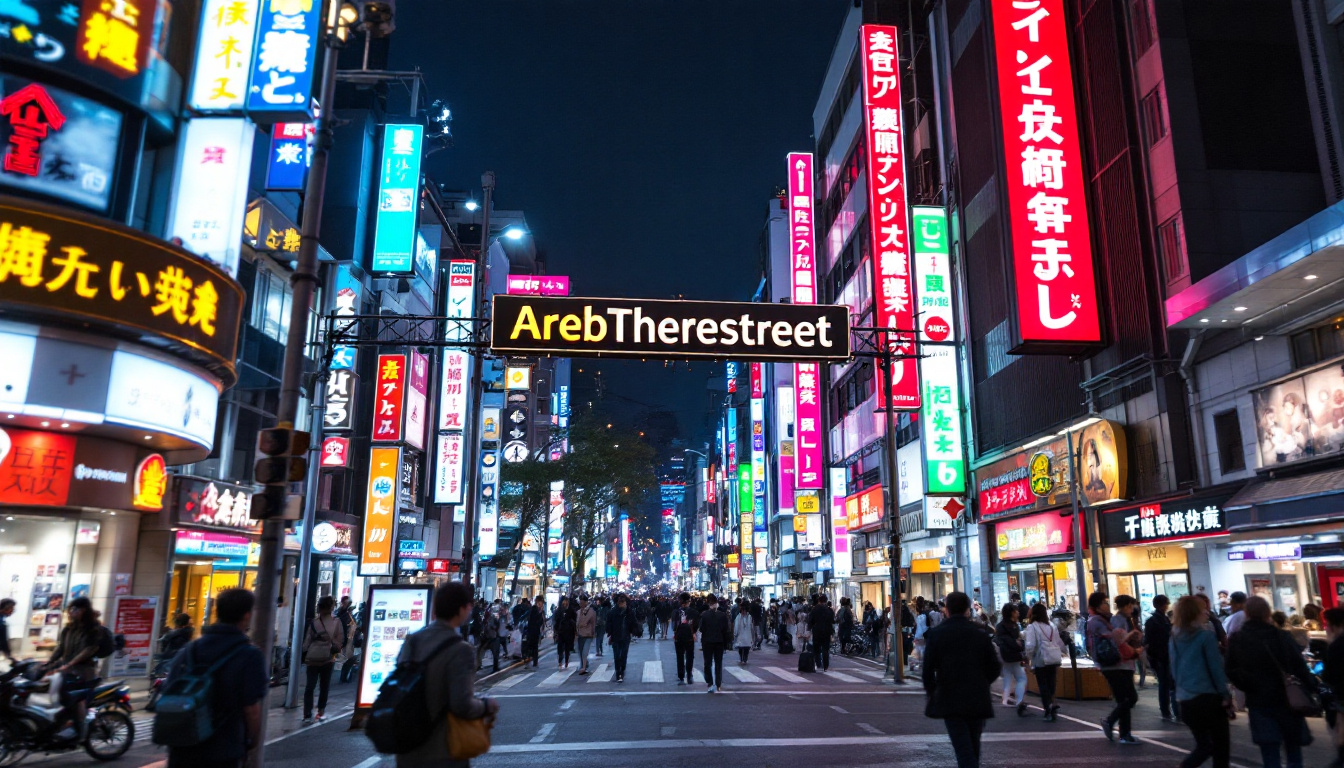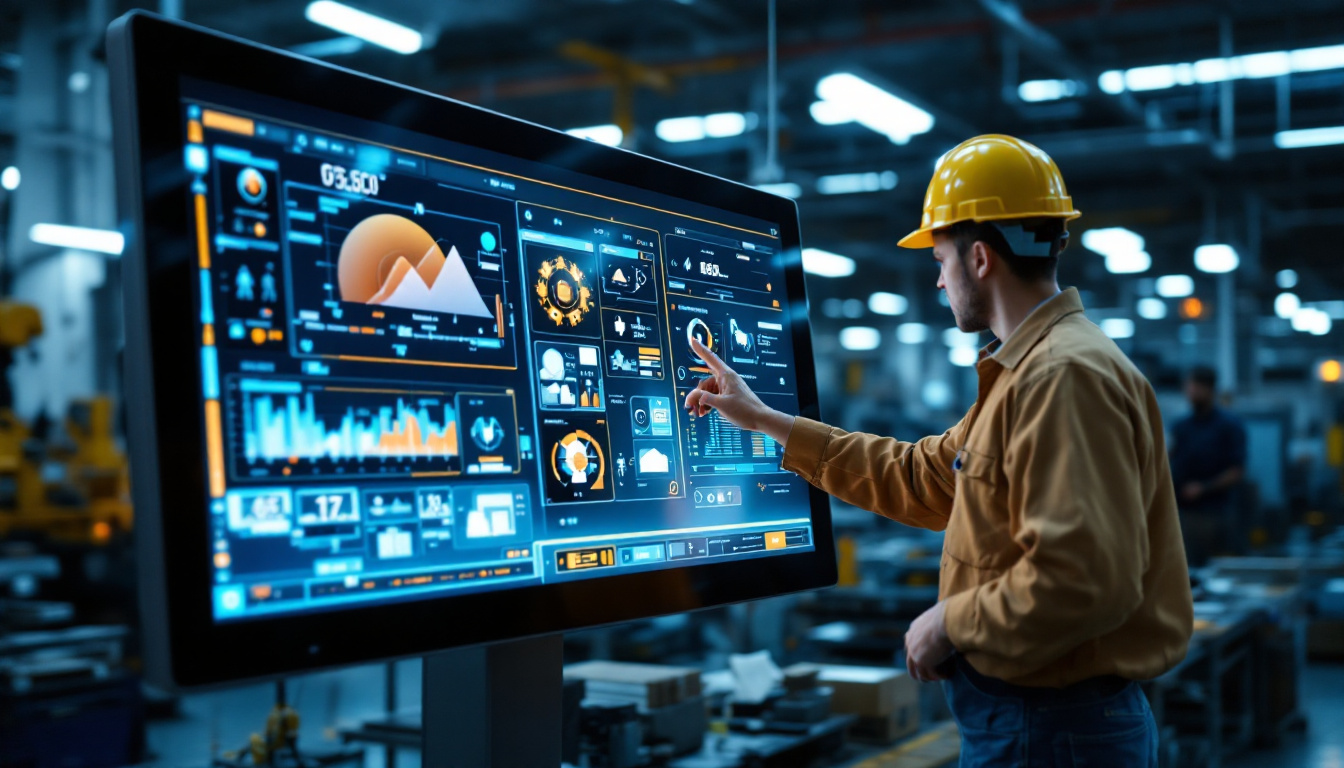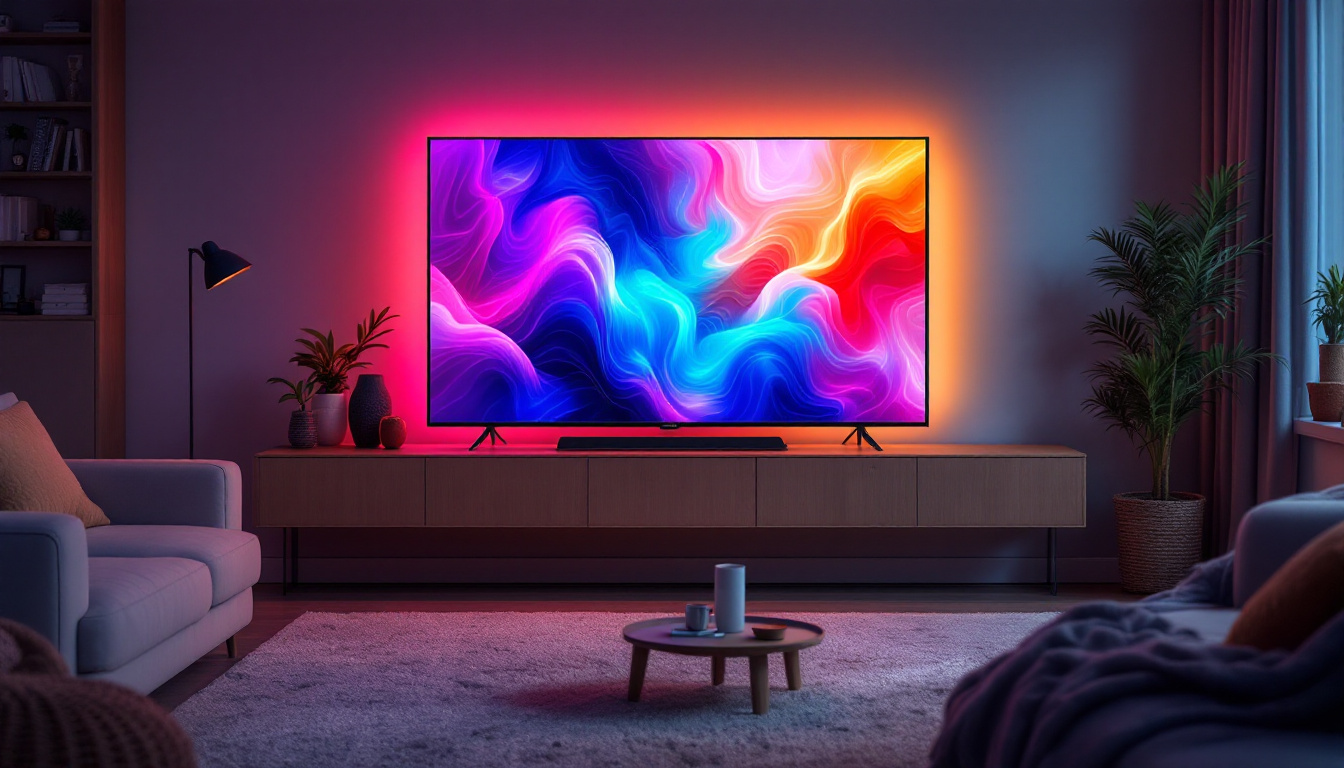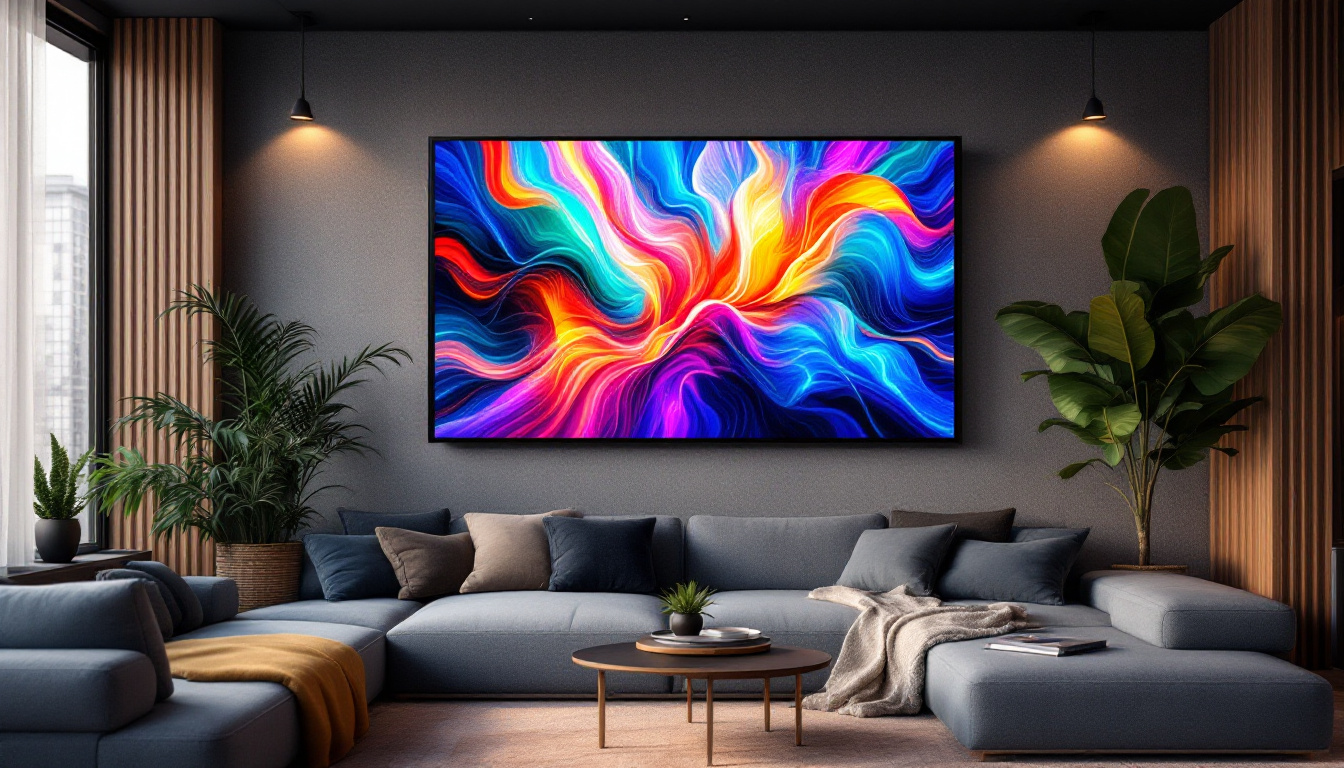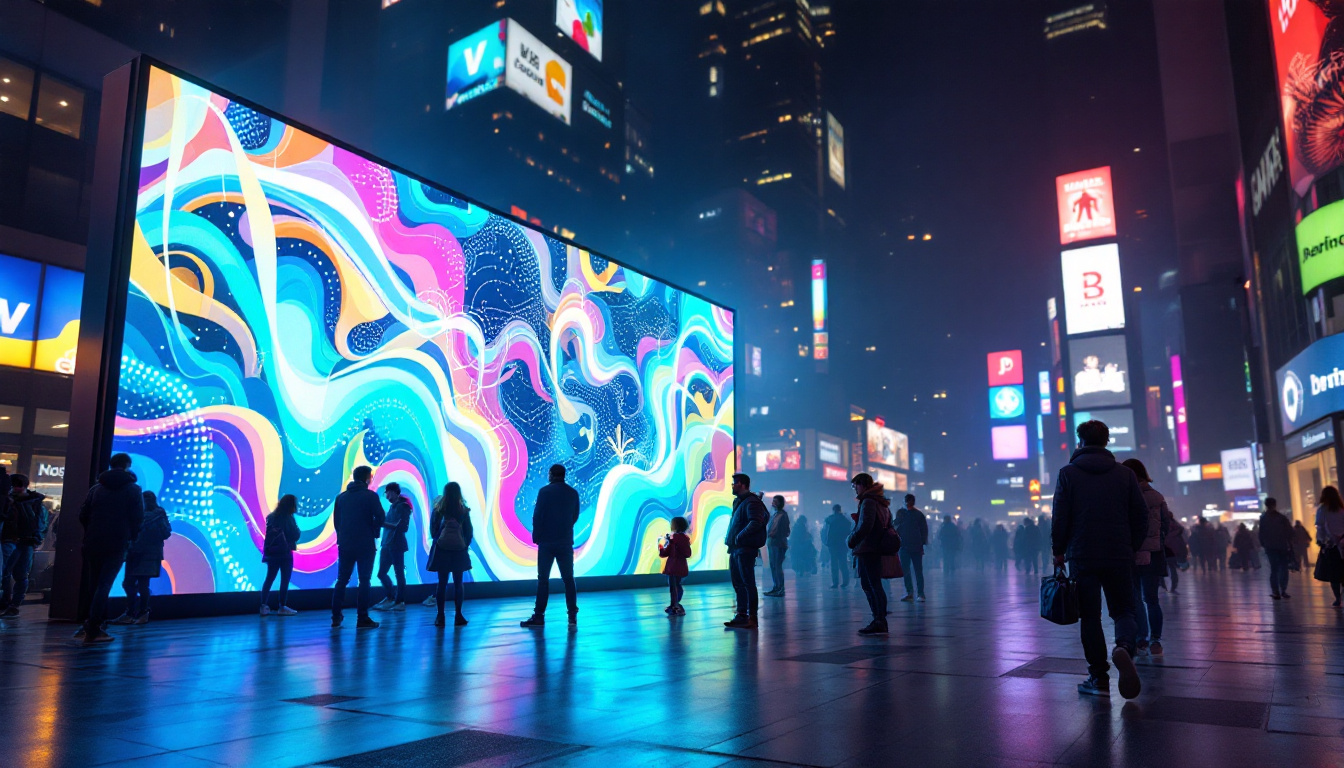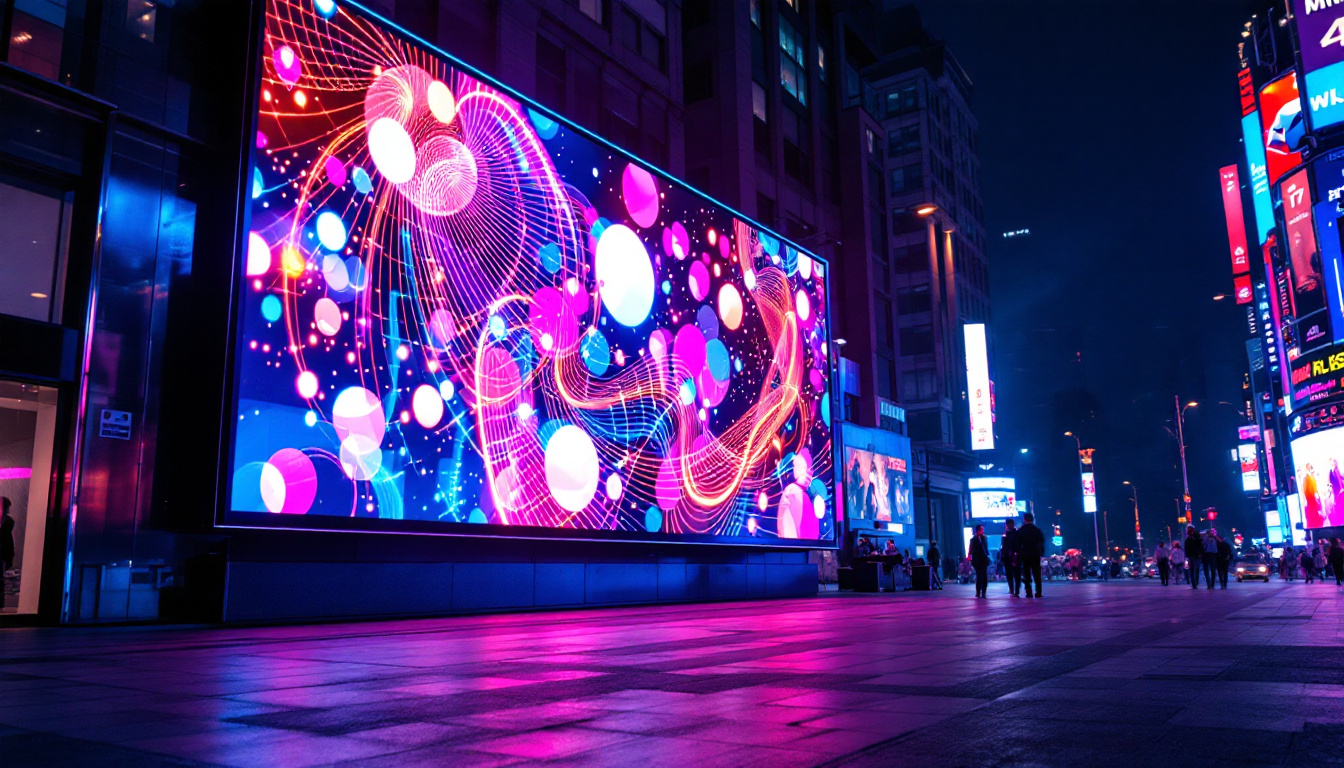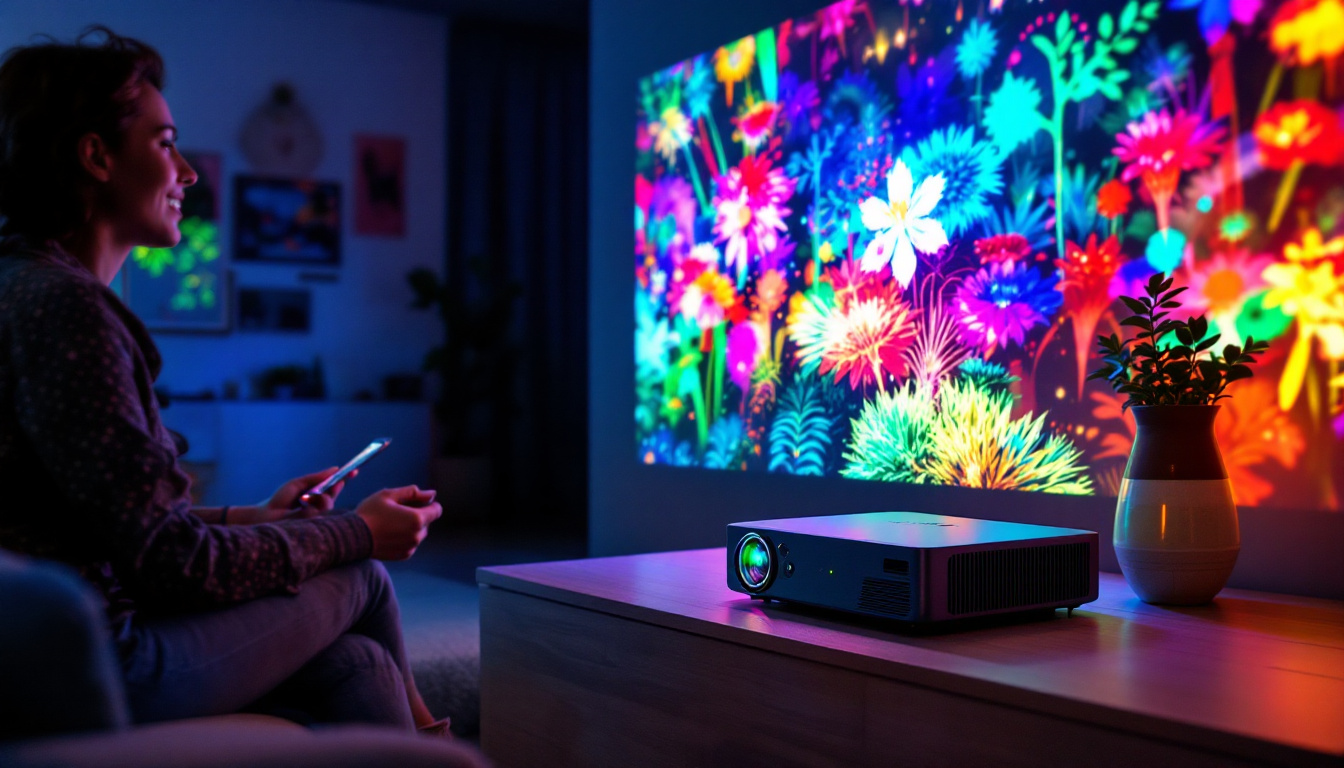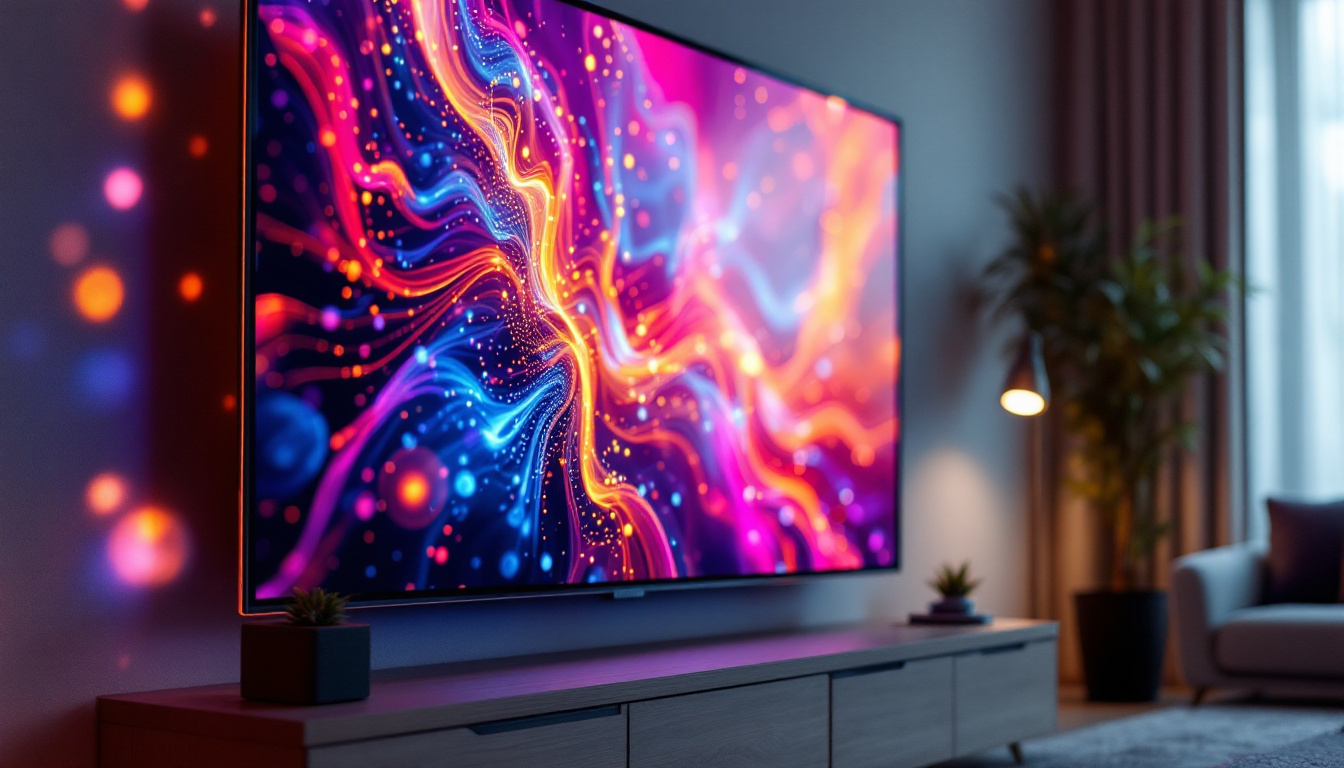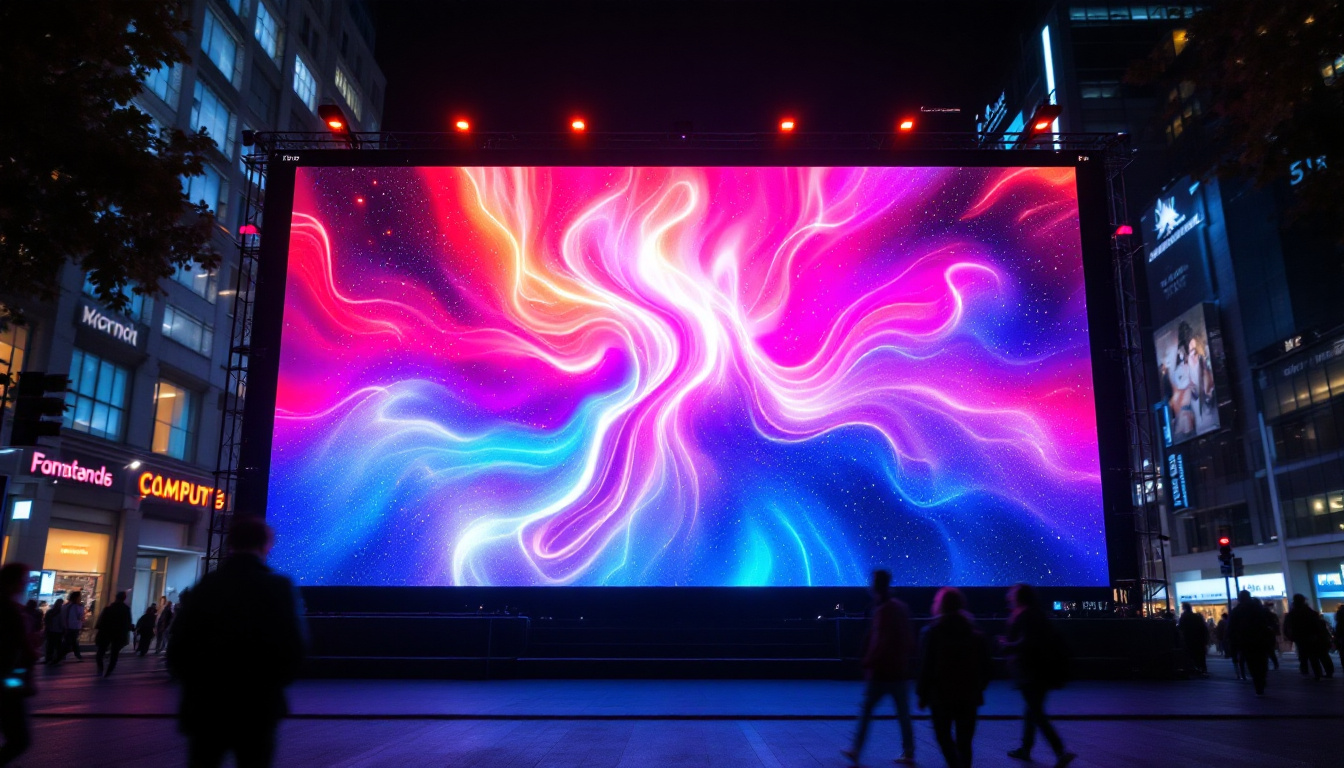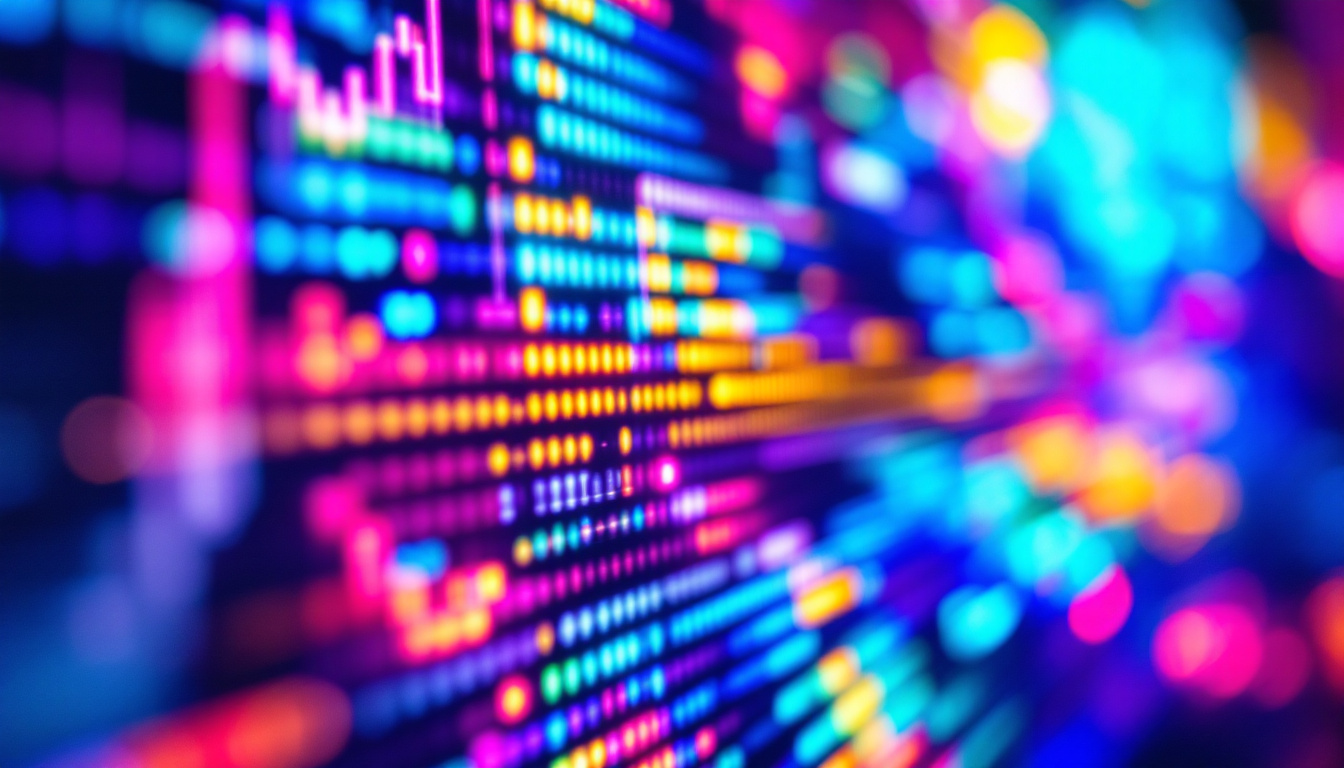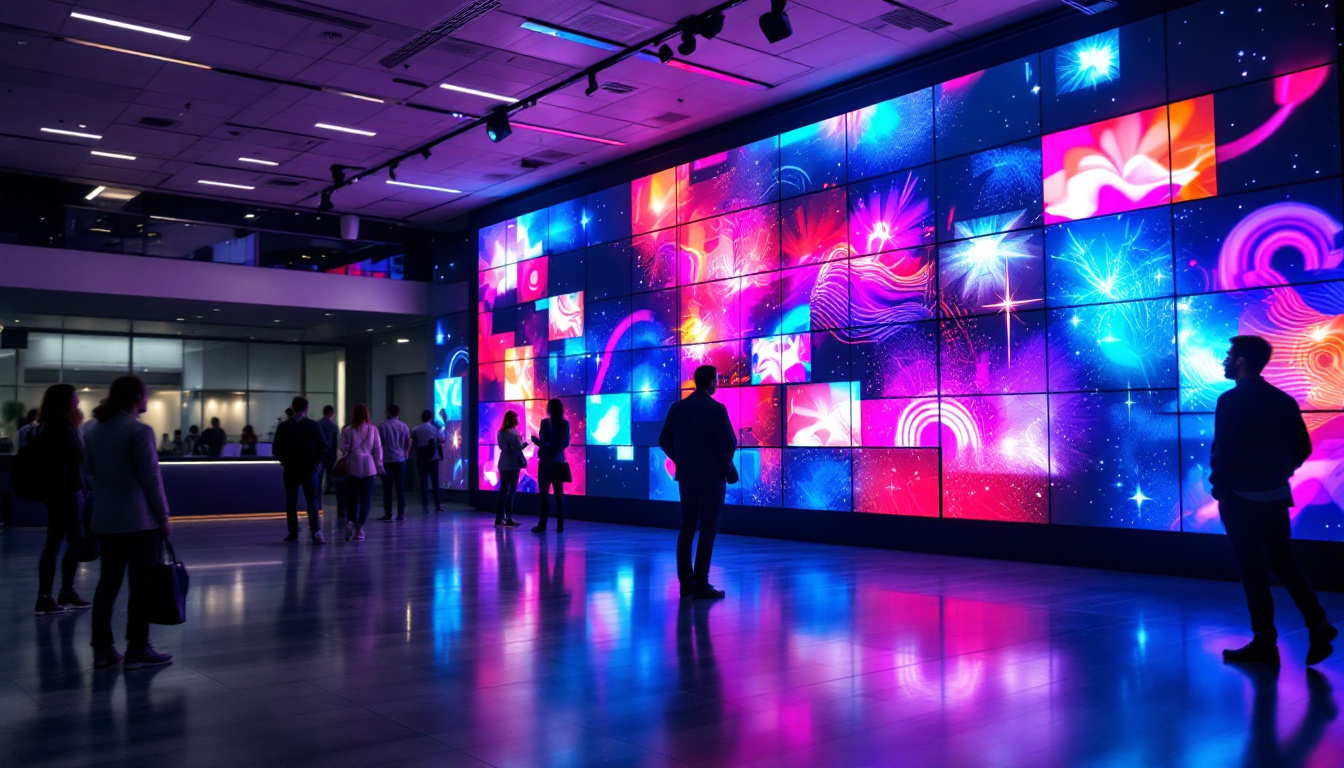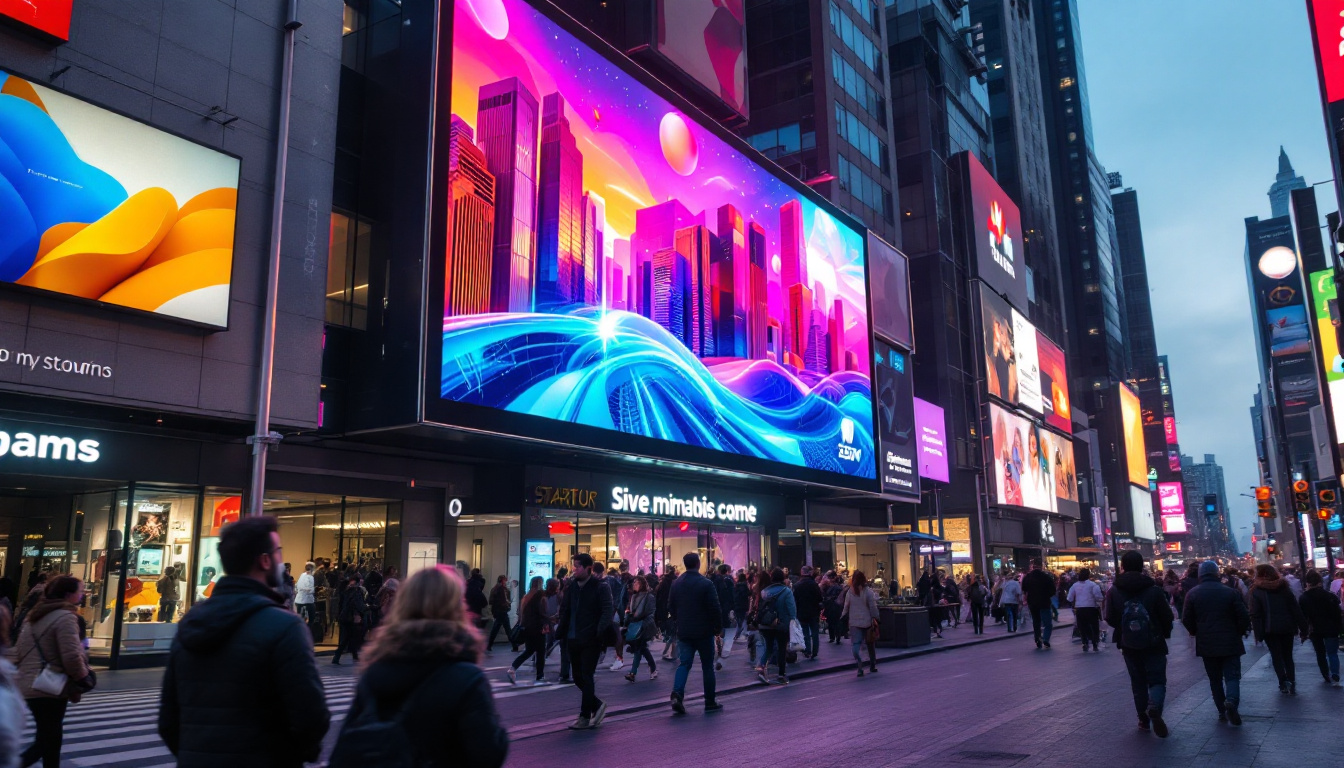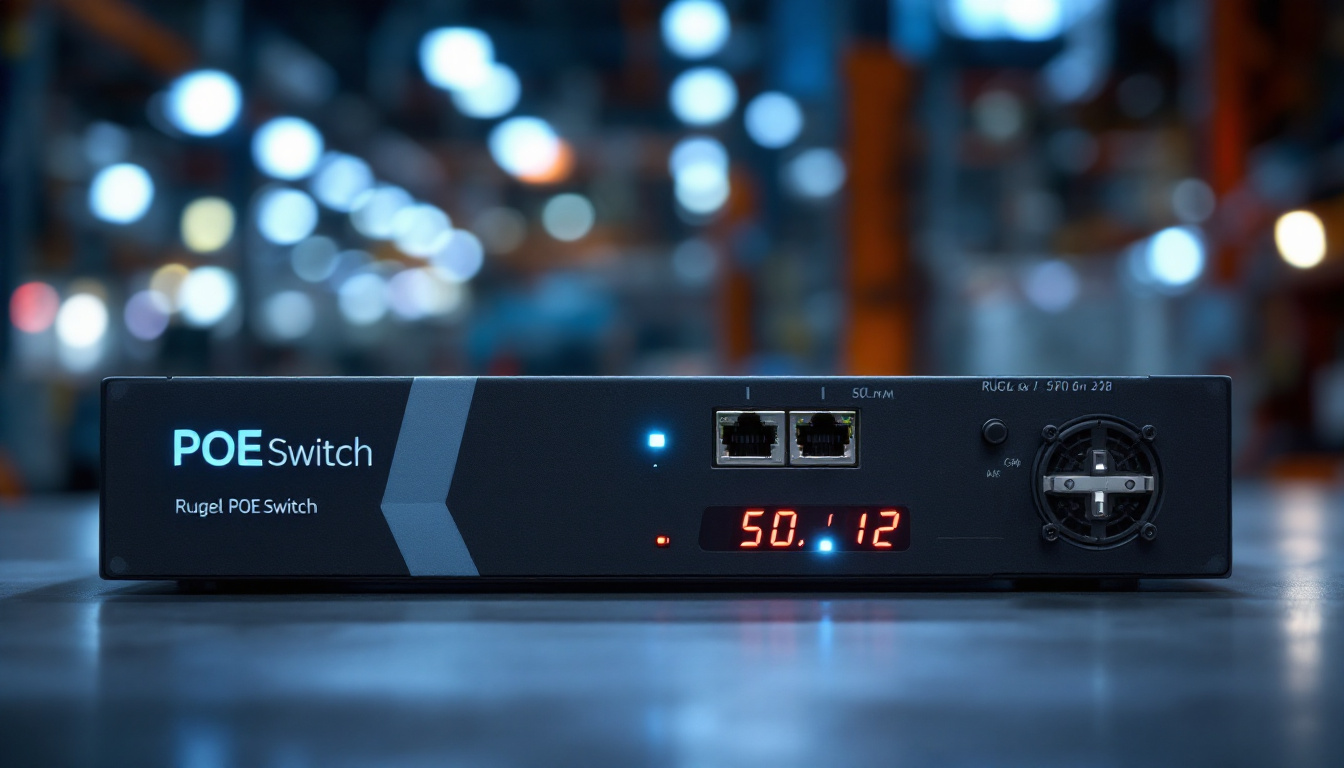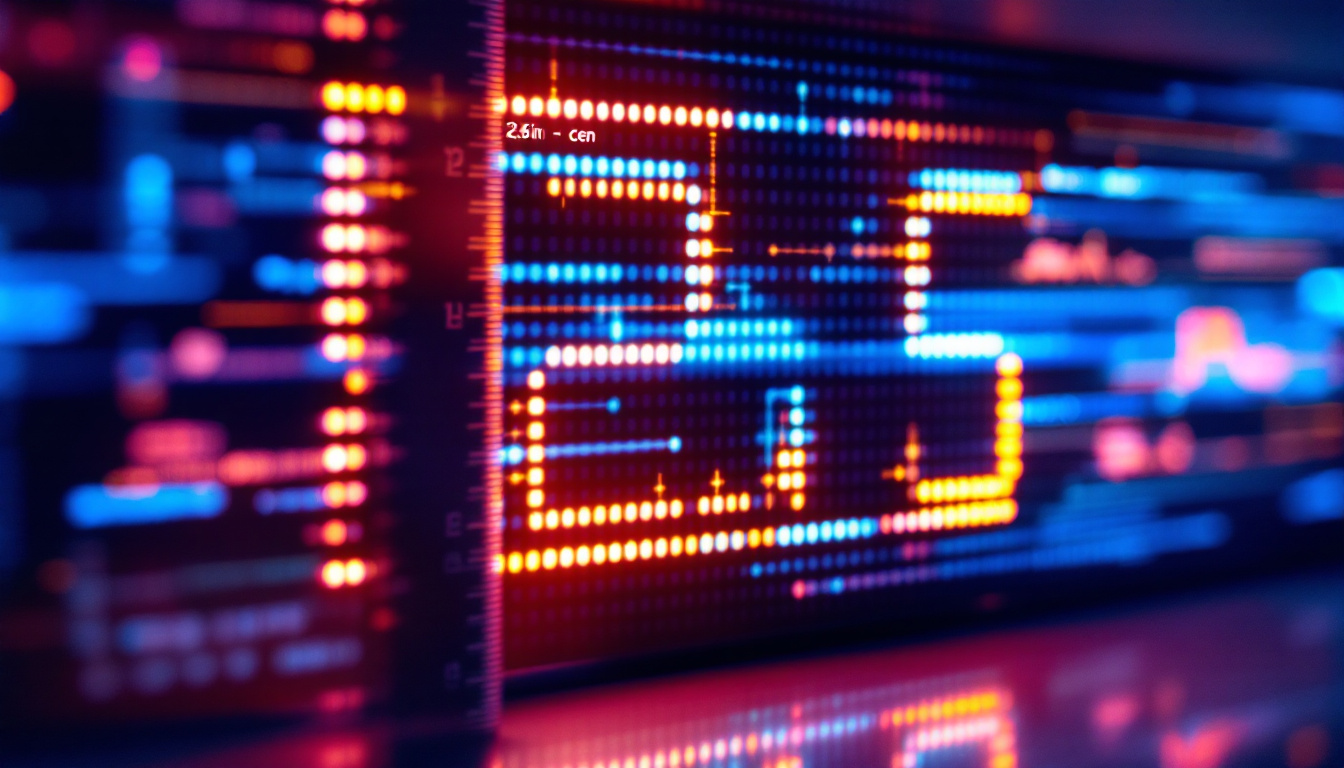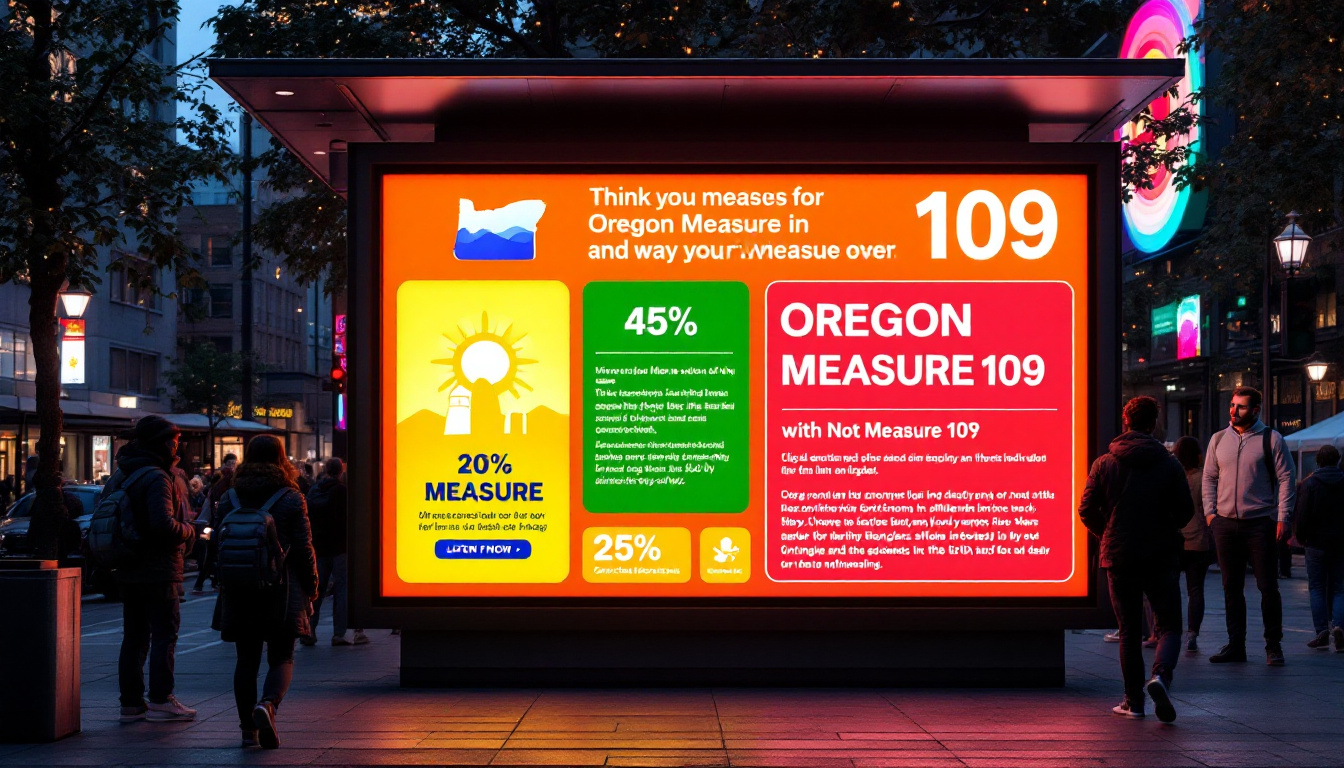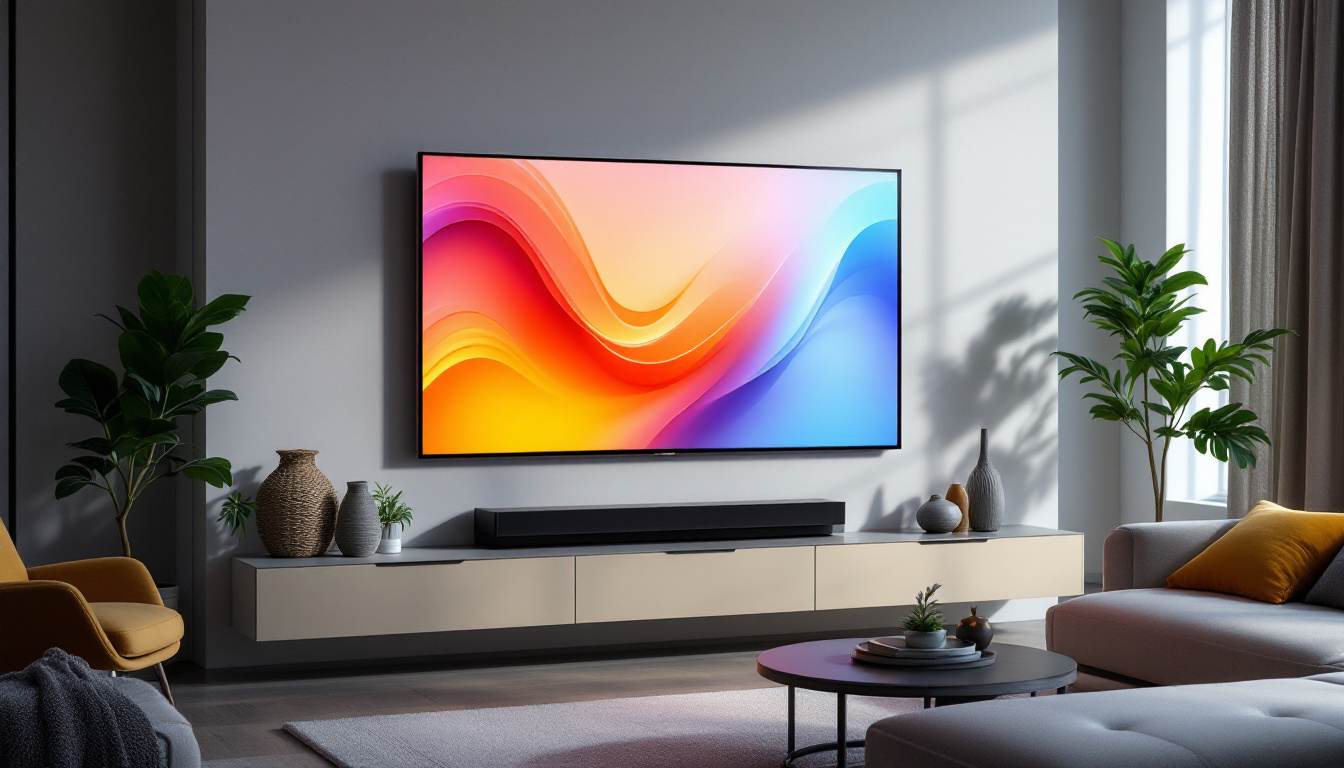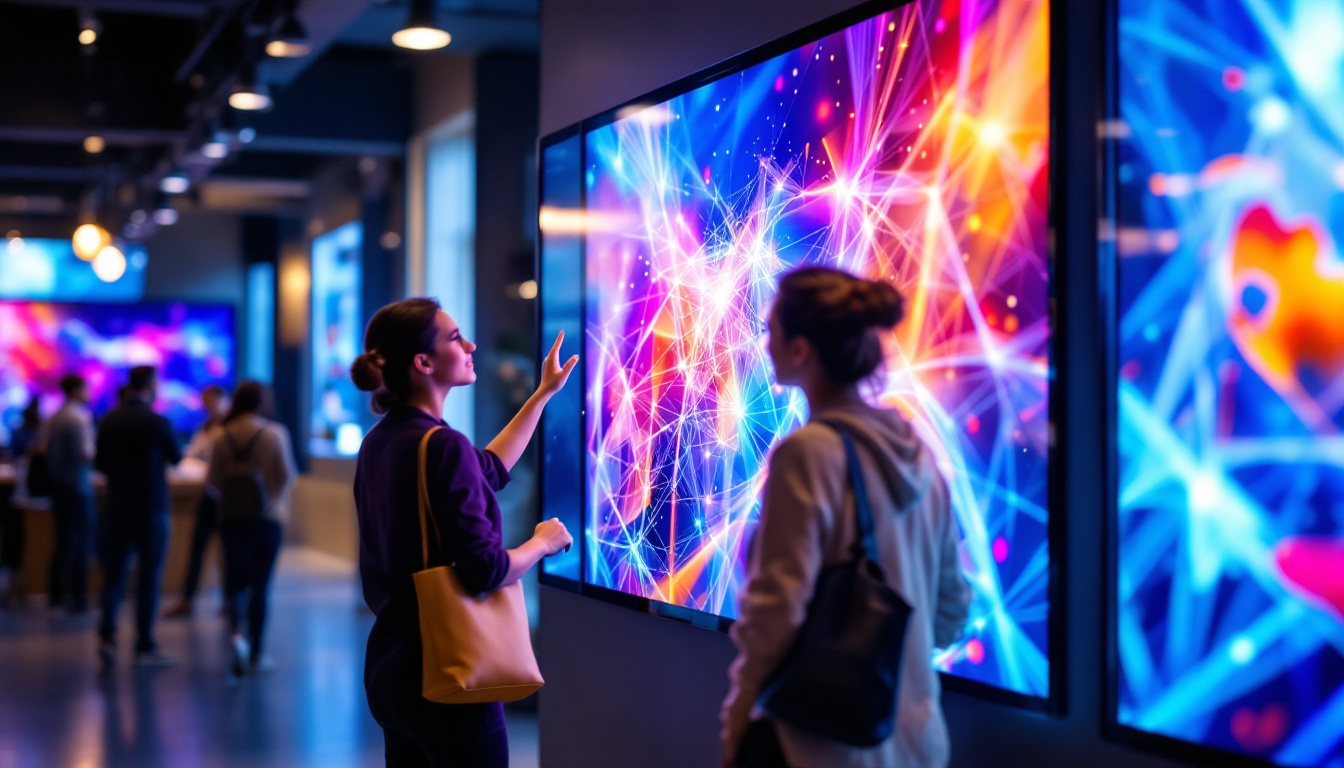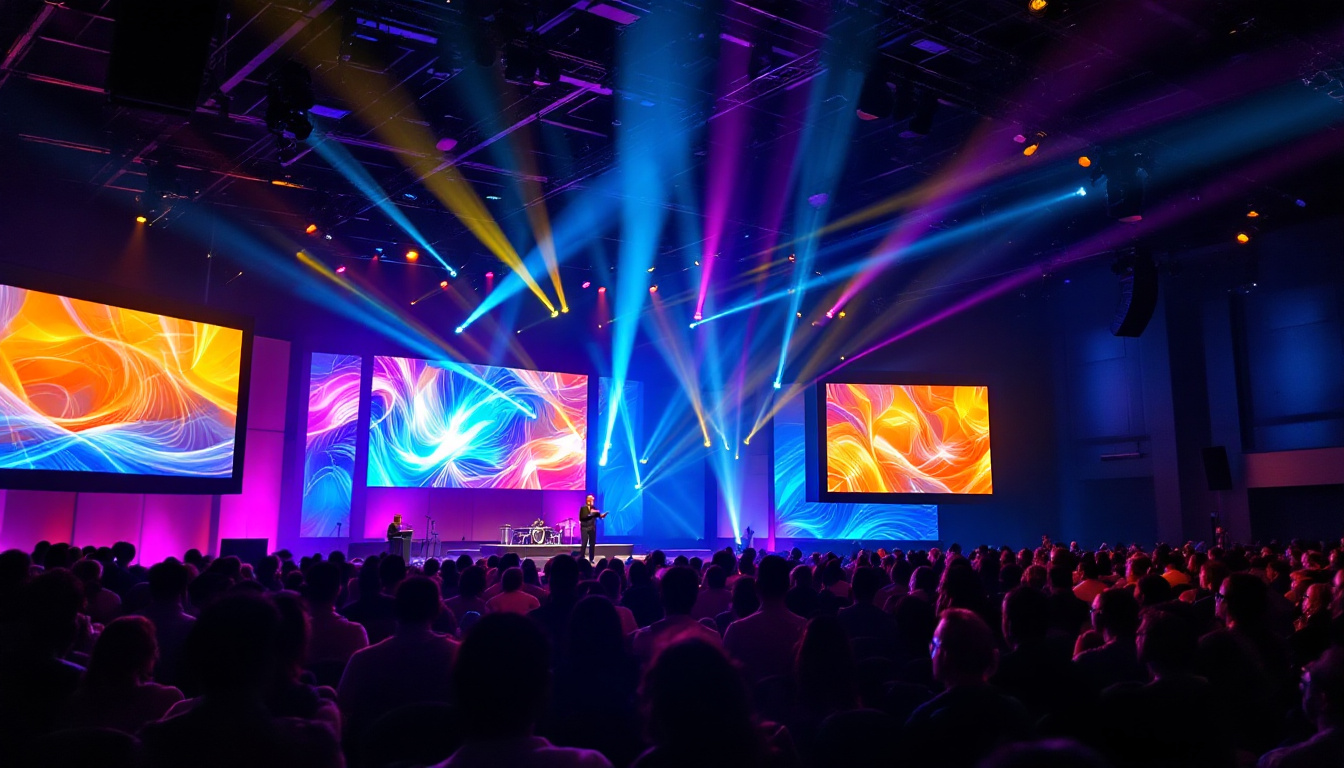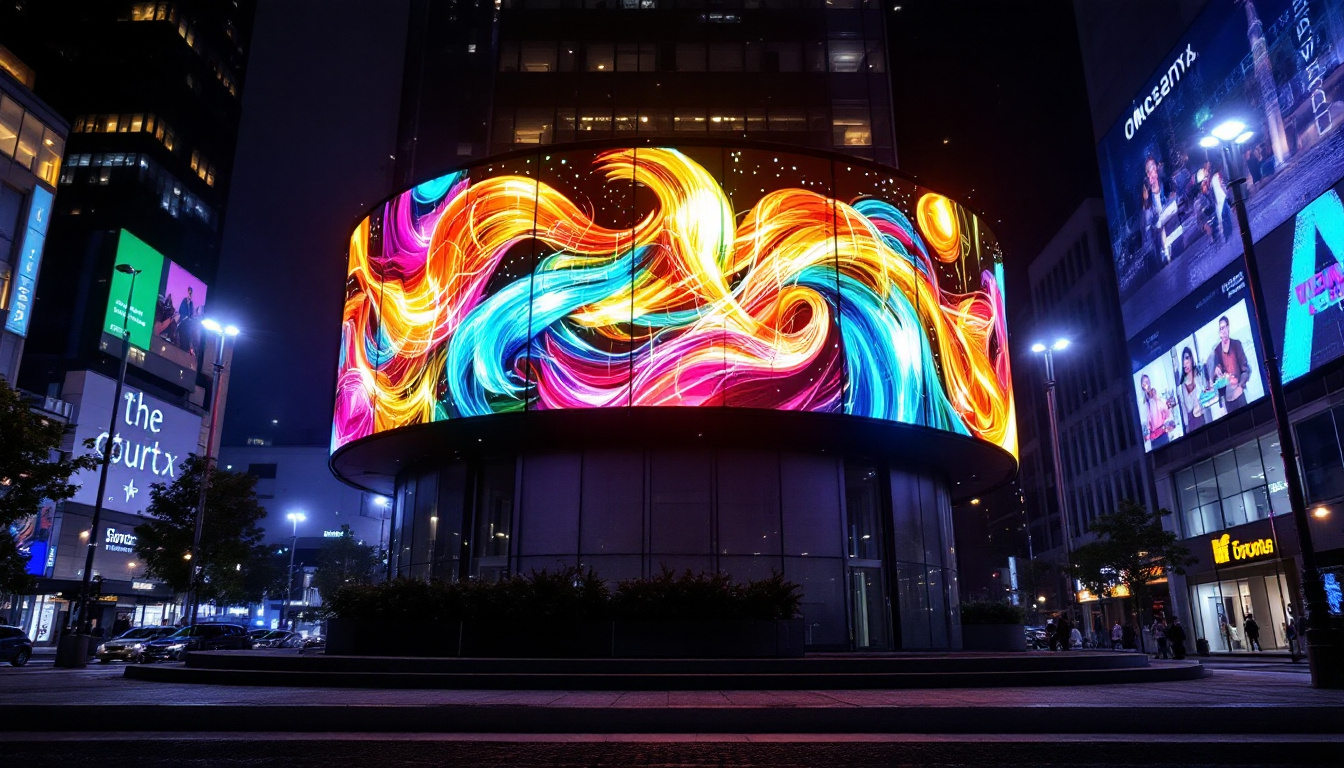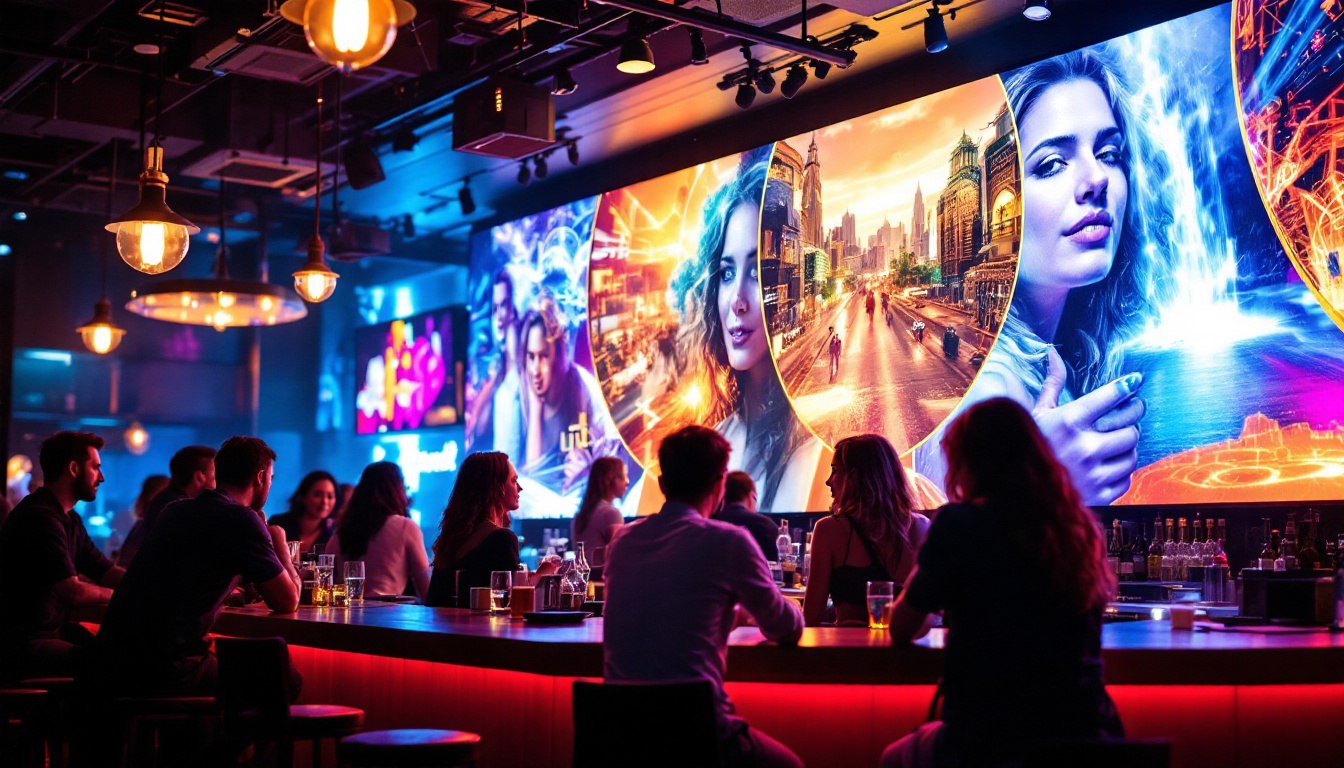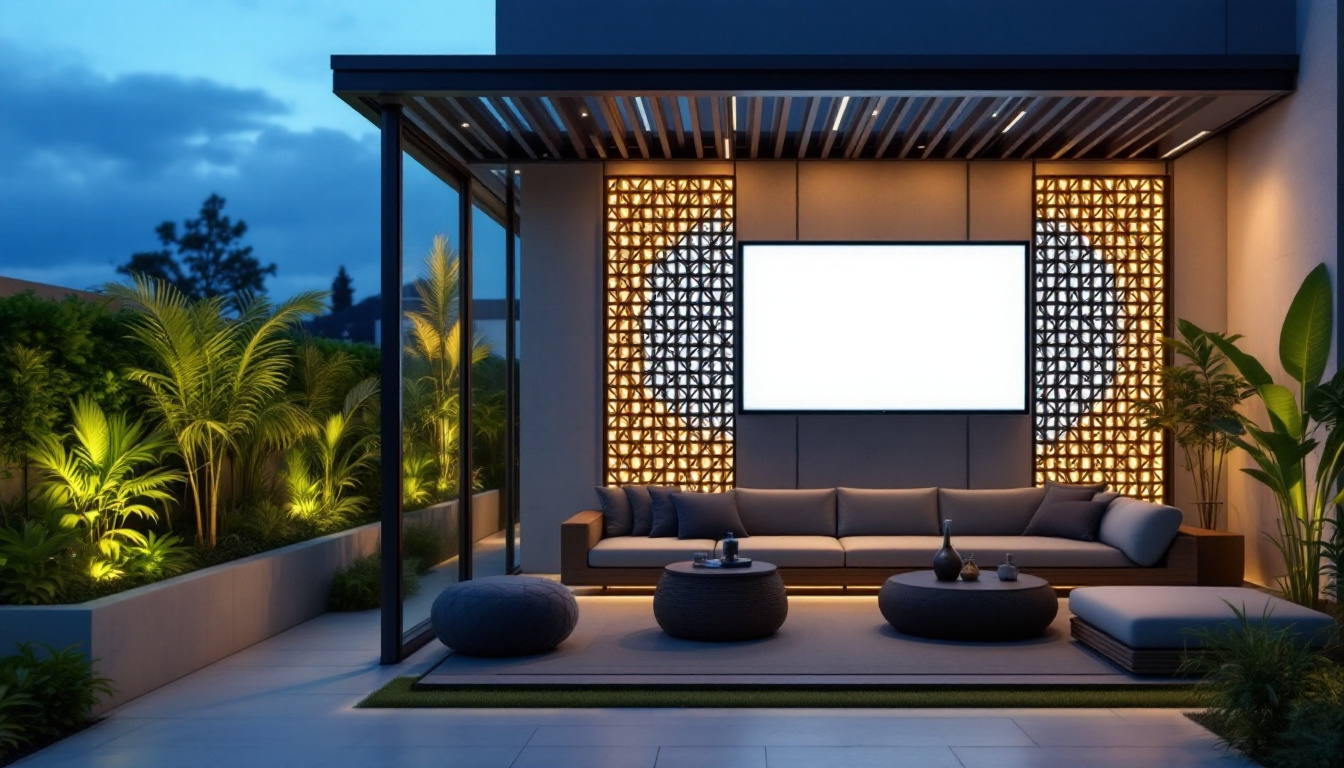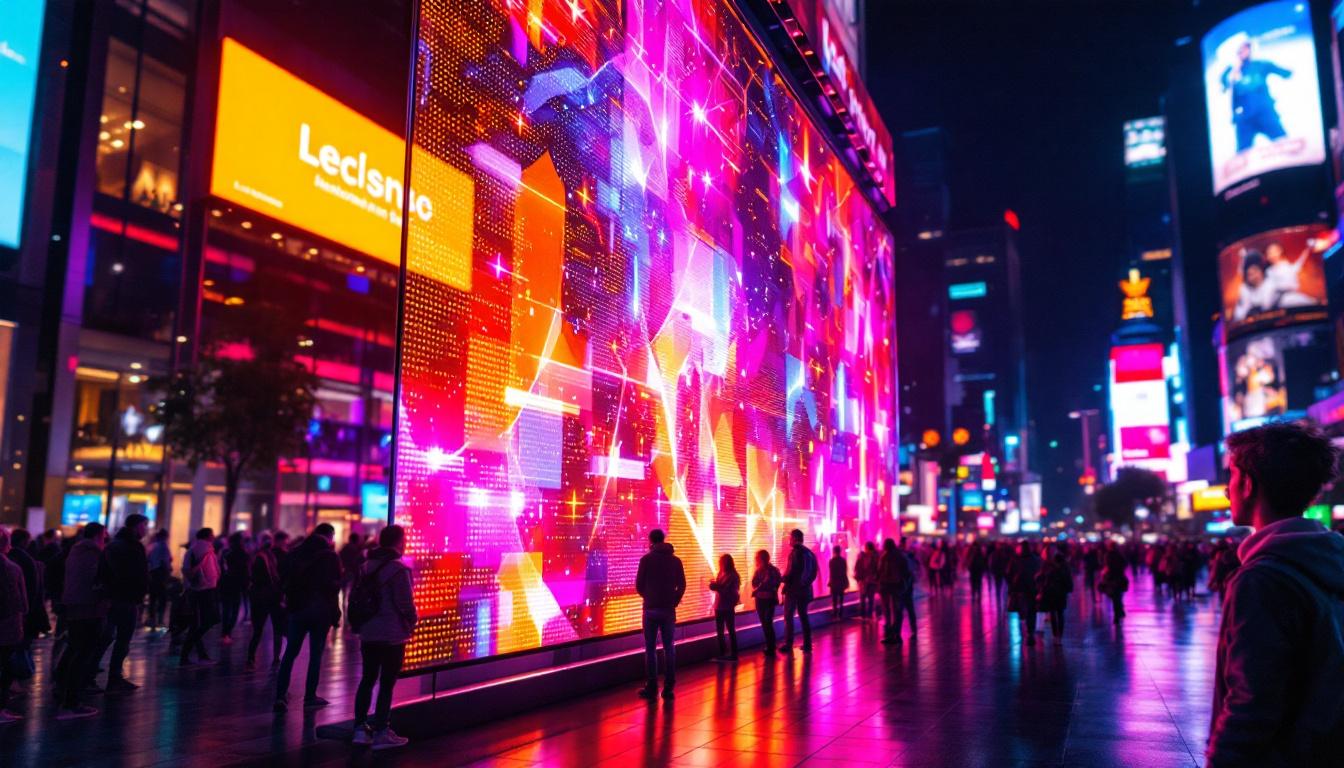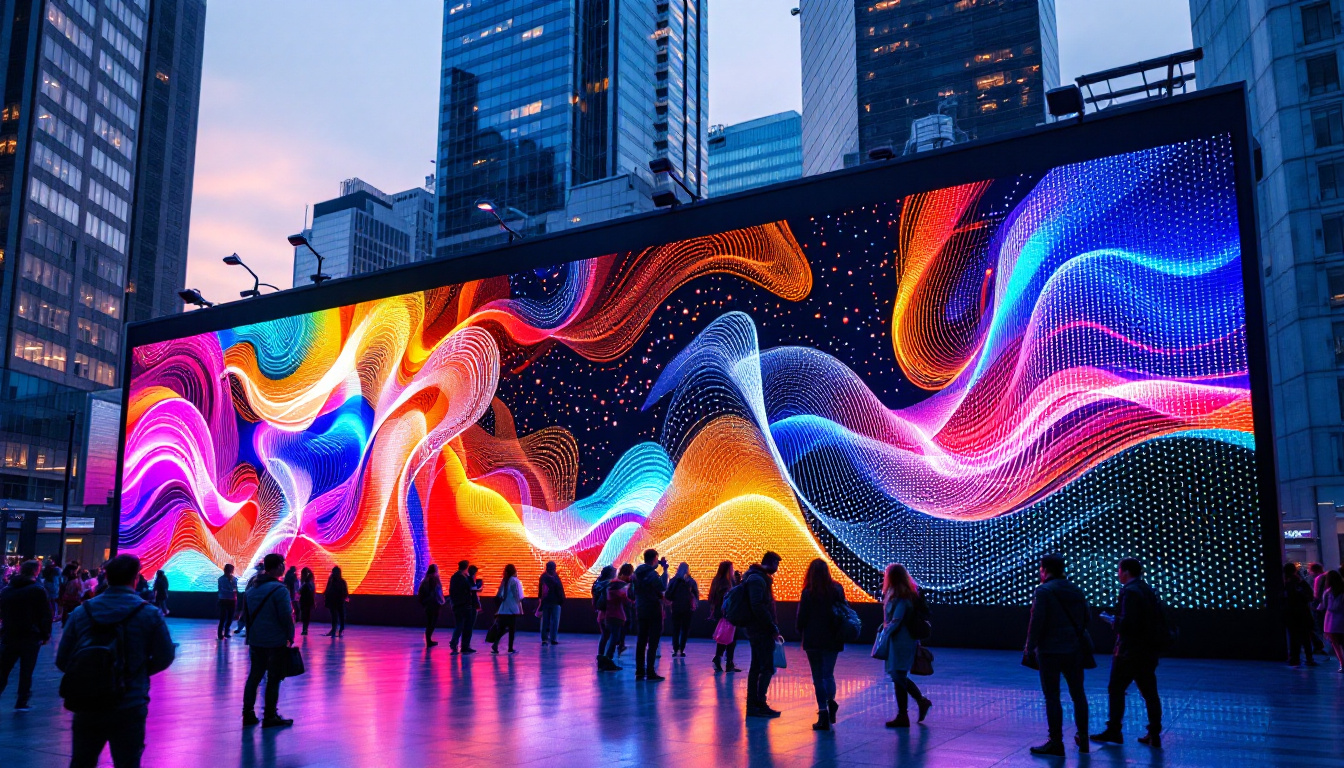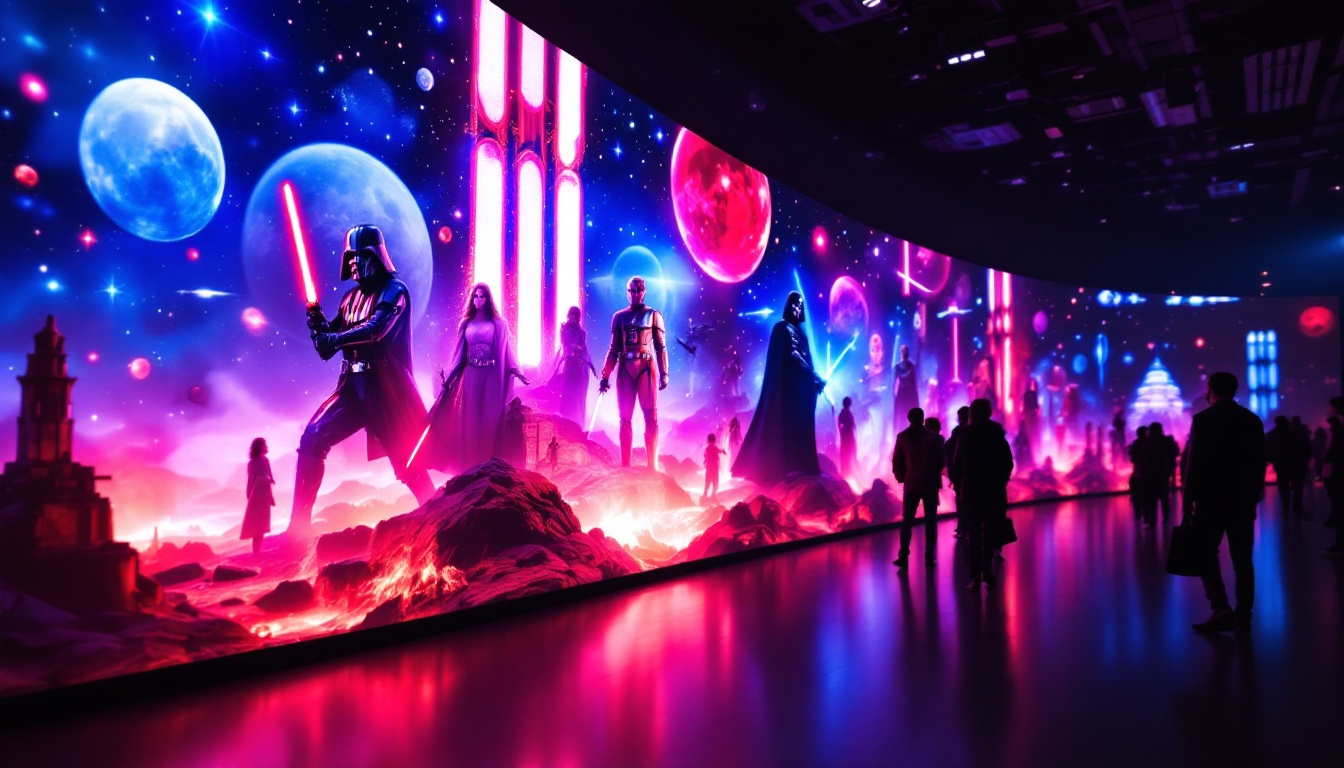Tokyo, a bustling metropolis known for its vibrant culture and cutting-edge technology, is home to a myriad of digital displays that captivate both locals and tourists. Among these displays, the Arebtherestreet sign has garnered attention for its innovative use of LED technology. This article delves into the intricacies of the Arebtherestreet sign, exploring its design, functionality, and the impact it has on urban life in Tokyo.
Understanding the Arebtherestreet Sign
The Arebtherestreet sign is not just a simple street sign; it is a sophisticated LED display that serves multiple purposes. Located in one of Tokyo’s busiest districts, this sign is part of a broader trend in urban signage that leverages technology to enhance communication and information dissemination.
Design and Aesthetics
The design of the Arebtherestreet sign is a blend of modern aesthetics and functionality. Its sleek, minimalist appearance complements the urban landscape of Tokyo, while the vibrant LED lights ensure visibility even in the most crowded environments. The sign’s dynamic display can showcase a variety of information, from street names to real-time updates on events and traffic conditions.
Moreover, the use of high-resolution LED technology allows for stunning visuals that can capture the attention of passersby. This design not only serves a practical purpose but also contributes to the overall ambiance of the area, making it a landmark in its own right. The sign’s ability to change colors and patterns adds an artistic flair, transforming it into a canvas that reflects the city’s vibrant culture. local artists have even collaborated with city planners to create special displays during festivals, further enriching the visual experience for both residents and tourists.
Functionality and Features
One of the standout features of the Arebtherestreet sign is its ability to adapt to different contexts. It can display static information, such as street names, or dynamic content, including advertisements and public service announcements. This versatility makes it an invaluable tool for both city officials and businesses looking to reach a wider audience.
Additionally, the sign is equipped with sensors that can detect environmental conditions. For instance, it can change its brightness based on the time of day or weather conditions, ensuring that the information remains legible and engaging at all times. This level of interactivity is a testament to the advancements in LED technology and smart city initiatives. Furthermore, the Arebtherestreet sign is integrated with a mobile application that allows users to receive personalized notifications about local events and promotions, enhancing the user experience and fostering community engagement. This integration exemplifies how urban infrastructure can evolve to meet the needs of a digitally connected society, making the sign not just a tool for navigation but a hub for local information and interaction.
The Technology Behind LED Displays
LED (Light Emitting Diode) technology has revolutionized the way information is displayed in urban environments. The Arebtherestreet sign is a prime example of how this technology can enhance communication and engagement in public spaces. With its vibrant colors and dynamic content, it captures the attention of passersby, transforming mundane street corners into interactive hubs of information.
How LED Technology Works
LEDs work by passing an electric current through a semiconductor material, which emits light. This process is highly efficient, consuming less energy than traditional lighting methods while providing brighter and more vibrant displays. The compact size of LEDs also allows for flexible design options, making it easier to create eye-catching displays that fit seamlessly into the urban landscape. Innovations in LED technology, such as organic LEDs (OLEDs) and micro-LEDs, are further pushing the boundaries of display capabilities, enabling even thinner, more adaptable screens that can be integrated into a variety of surfaces, from building facades to wearable technology.
In the case of the Arebtherestreet sign, multiple LEDs are arranged in a grid to create a full-color display capable of showing intricate graphics and animations. This capability not only enhances visibility but also allows for creative storytelling and branding opportunities. The ability to update content in real-time means that the sign can be used to relay important information, such as emergency alerts or public service announcements, ensuring that the community remains informed and engaged.
Advantages of LED Displays
The advantages of using LED displays in urban signage are numerous. First and foremost, they are energy-efficient, which aligns with the growing emphasis on sustainability in urban planning. Additionally, LED displays have a longer lifespan compared to traditional lighting, reducing maintenance costs and waste. This durability is particularly beneficial in harsh weather conditions, where conventional signs might fade or malfunction, ensuring that the message remains clear and impactful throughout the seasons.
Furthermore, the brightness and clarity of LED displays ensure that information is easily readable from a distance, making them ideal for high-traffic areas. This is particularly important in a city like Tokyo, where the sheer volume of pedestrians and vehicles can make it challenging for traditional signage to be effective. The adaptability of LED technology also allows for content to be tailored to specific audiences at different times of day, enhancing the relevance of the displayed information. For instance, advertisements can be adjusted based on the time of day or local events, creating a more personalized experience for viewers and maximizing engagement with the content.
Impact on Urban Life
The Arebtherestreet sign is more than just a technological marvel; it plays a significant role in shaping urban life in Tokyo. Its presence contributes to the overall experience of navigating the city, providing essential information while also enhancing the aesthetic appeal of the environment.
Enhancing Navigation
For both residents and tourists, the Arebtherestreet sign serves as a crucial navigational aid. The clear display of street names and directions helps individuals find their way in a city known for its complex layout. In a fast-paced urban environment, timely and accurate information can make a significant difference in the overall experience.
Moreover, the sign’s ability to provide real-time updates on public transportation schedules and local events further enhances its utility. This feature is particularly beneficial for tourists who may not be familiar with the intricacies of the Tokyo transit system.
Fostering Community Engagement
In addition to its navigational benefits, the Arebtherestreet sign fosters community engagement by showcasing local events, cultural activities, and public announcements. This functionality encourages residents to participate in community events and stay informed about happenings in their area.
By acting as a digital bulletin board, the sign helps to create a sense of community within the bustling metropolis. It serves as a reminder of the vibrant culture and diverse activities that Tokyo has to offer, ultimately enriching the lives of its inhabitants.
Challenges and Considerations
Despite the many advantages of the Arebtherestreet sign and similar LED displays, there are challenges and considerations that must be addressed. As with any technology, the implementation of LED signage comes with its own set of hurdles.
Environmental Concerns
One of the primary concerns surrounding LED displays is their environmental impact. While they are energy-efficient, the production and disposal of electronic components can contribute to electronic waste. It is essential for city planners and manufacturers to consider sustainable practices in the lifecycle of these displays.
Moreover, the bright lights emitted by LED displays can contribute to light pollution, which can disrupt local ecosystems and affect the well-being of residents. Balancing visibility with environmental considerations is a crucial aspect of urban planning in a city like Tokyo.
Maintenance and Upkeep
Another challenge lies in the maintenance and upkeep of LED displays. While they are generally durable, exposure to the elements can lead to wear and tear over time. Regular maintenance is necessary to ensure that the displays function correctly and continue to provide accurate information.
Additionally, as technology evolves, older LED displays may become outdated, necessitating upgrades or replacements. City officials must be prepared to allocate resources for the ongoing maintenance and potential replacement of these signs to ensure their continued effectiveness.
The Future of Urban Signage
The Arebtherestreet sign is a glimpse into the future of urban signage. As technology continues to advance, the possibilities for interactive and engaging displays are virtually limitless. Cities around the world are beginning to adopt similar technologies, recognizing the potential for improved communication and enhanced urban experiences.
Integration with Smart City Initiatives
As cities evolve into smart urban environments, the integration of LED displays like the Arebtherestreet sign will become increasingly important. These displays can be connected to a network of sensors and data sources, allowing for real-time updates and personalized information for users.
For example, future iterations of the Arebtherestreet sign could provide tailored information based on user preferences or even integrate with mobile applications to enhance navigation and engagement. This level of interactivity could revolutionize the way residents and visitors interact with their environment.
Potential for Augmented Reality
Another exciting possibility for the future of urban signage is the integration of augmented reality (AR) technology. Imagine walking through the streets of Tokyo and using a smartphone to view additional information overlaid on the Arebtherestreet sign, such as historical facts, nearby attractions, or even virtual guides.
This fusion of physical and digital experiences could create a richer, more immersive urban environment, transforming the way people explore and engage with the city. As AR technology continues to develop, the potential applications for urban signage will only expand.
Conclusion
The Arebtherestreet sign in Tokyo exemplifies the intersection of technology and urban life. Its innovative use of LED displays not only enhances navigation and communication but also contributes to the vibrant atmosphere of the city. As urban areas continue to evolve, the importance of effective signage will only grow.
By embracing advancements in technology and addressing the challenges that come with them, cities can create more engaging and informative environments for their residents and visitors. The future of urban signage, as illustrated by the Arebtherestreet sign, holds great promise for enhancing the urban experience and fostering a sense of community in an increasingly digital world.
Illuminate Your Space with LumenMatrix
As you’ve seen with the Arebtherestreet sign, LED technology is transforming the urban canvas into a dynamic dance of light and information. LumenMatrix stands at the forefront of this revolution, offering a wide array of LED display solutions that cater to your every need. Whether you’re looking to create an immersive indoor experience or make a bold statement outdoors, our products, from Vehicle LED Displays to Custom LED Displays, are designed to captivate and engage. Ready to elevate your visual communication? Check out LumenMatrix LED Display Solutions and join the future of digital signage.

